It might be everywhere but what is marketing collateral, exactly? From website design and logos to product packaging and the reviews you read when comparing products, just about every time you interact with a brand it’s through their marketing collateral.
Separate from marketing materials (more on that below), marketing collateral serves to keep a business and its offerings top of consumers’ minds while familiarizing them further with the brand. Think of the sticker from your favorite coffee shop that you stuck onto your laptop or the distinctive box your monthly meal kit arrives in. Those are marketing collateral.
Table of contents
- What is marketing collateral?
- Why is marketing collateral important?
- 15 types of marketing collateral for your small business
- Tips for creating marketing collateral
What is marketing collateral?
Marketing collateral is a broad category that covers a variety of marketing assets. By definition, marketing collateral is any branded asset developed to promote a company, its services or its products. However, it’s important to recognize that marketing collateral does a slightly different thing to marketing materials.
Marketing materials tell consumers about a brand’s offers and services while marketing collateral shows a brand’s aesthetics and values. An effective branding and marketing strategy will involve marketing collateral and materials — both print and digital — working together to attract customers, retain those customers and ultimately, increase sales.
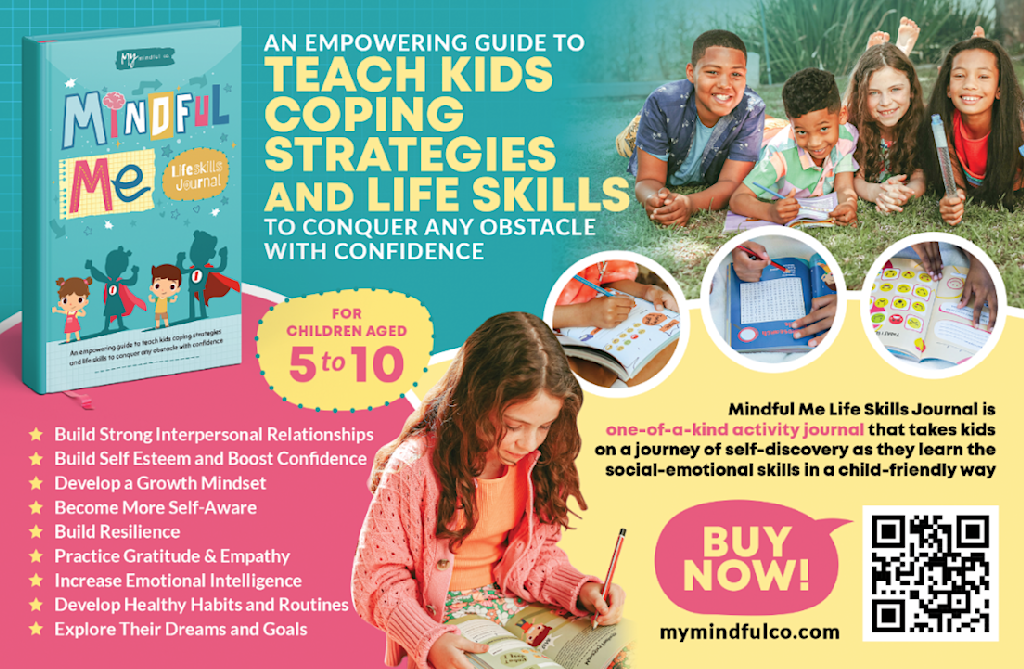
Marketing materials: advertisement for a children’s mindfulness journal by Rose ❋
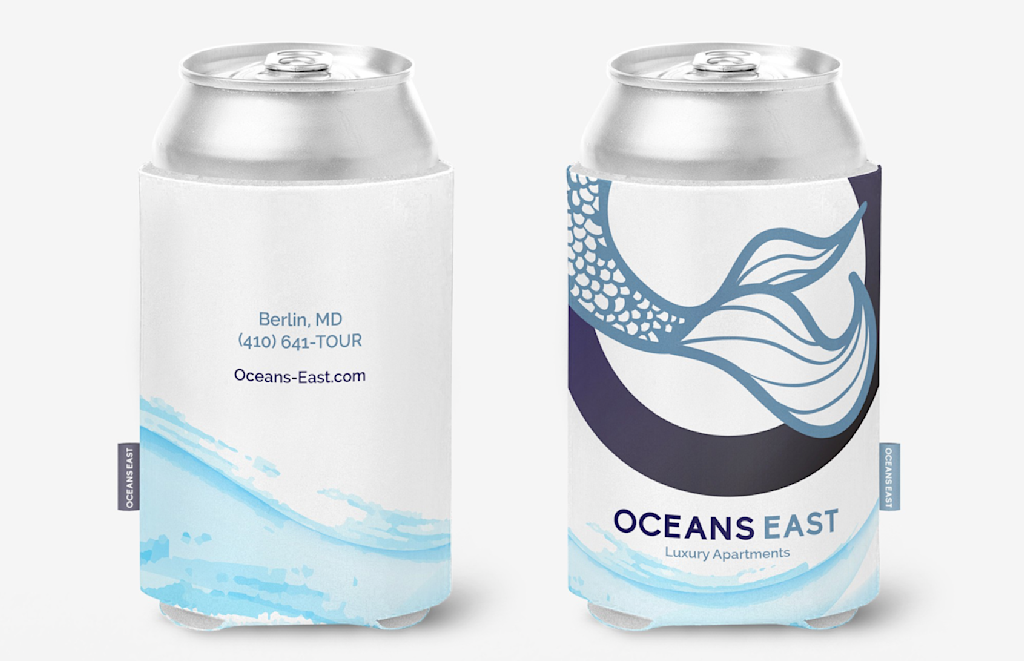
Marketing collateral: luxury apartment promotion featuring consistent brand visuals by GFX
The top image explicitly communicates what the product does through image and text, whereas the bottom image is all about communicating the brand through recognizable and consistent visuals across promotional items.
A case study — a detailed report on how a specific consumer challenge was solved — is one type of marketing collateral that demonstrates why a buyer should choose your brand. Rather than overtly advertising that a product or service is the best choice for the reader, a case study demonstrates this through data.
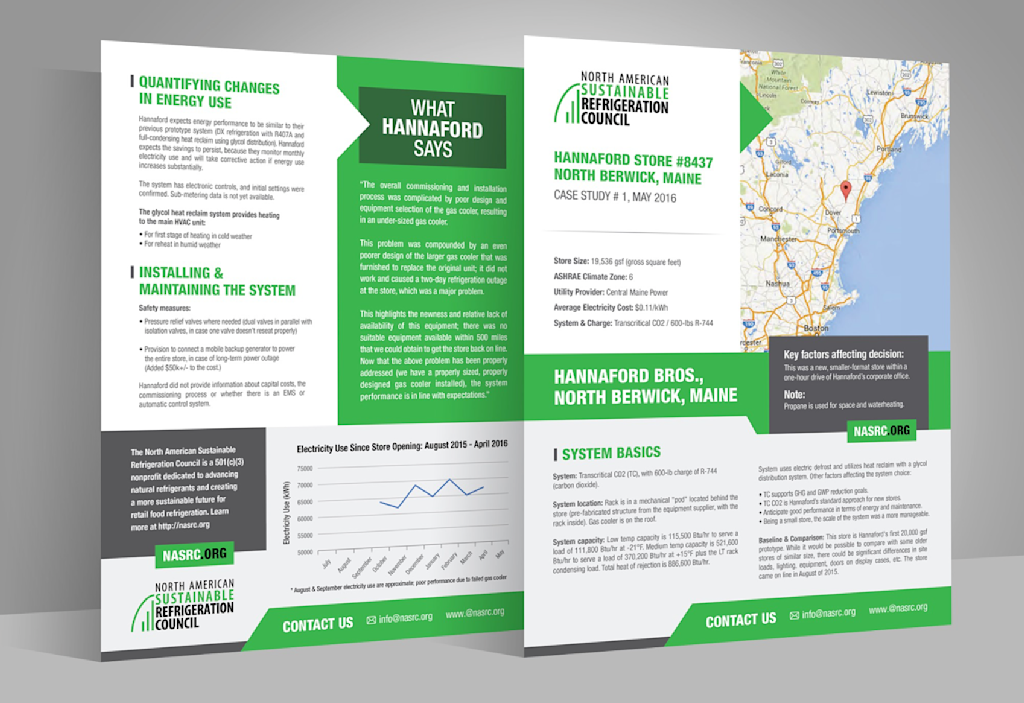
Case study print design by Adwindesign
Why is marketing collateral important?
Marketing collateral is important because it showcases your brand and plays a crucial role at various stages of the marketing funnel which, if you’re not familiar, looks like this:

Brand awareness is the first stage of the marketing funnel. Image via SEM Rush
Without marketing collateral, your marketing materials can feel aimless. Imagine this scenario: you run a dog-walking service and advertise the business with locally targeted social media ads. When people click these ads, without a website or social media profile, they can’t find any more information about your business. Then when you show up to a client’s house to walk their dog, they don’t trust you because you don’t have a business card, custom t-shirt, branded car or anything else that communicates your brand and services.
Does every small business owner need to wear a branded t-shirt while they’re working or use branded stationery? No. But it certainly communicates trustworthiness and helps potential customers make visual associations with their brand.
If you’re a fairly new business owner or have limited resources, remember a few types of well-designed marketing collateral are better than a wide range of collateral with sub-par designs. Invest in high-quality stuff that will connect with your target audience.

Audience-specific Bitcoin merchandise design by netralica
Think about the kinds of marketing collateral that make the most sense for your brand and audience, like t-shirts and hoodies if you’re a casual business owner who engages with customers face-to-face or a branded gym water bottle if you’re a personal trainer.
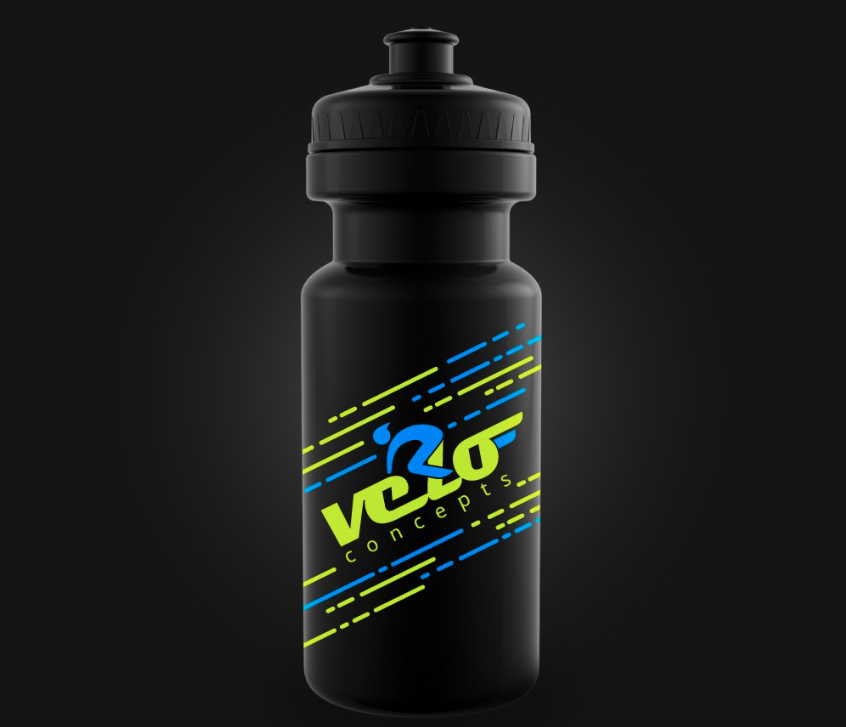
Branded water bottle design by amsky
15 types of marketing collateral for your small business
1. Logo
A brand’s logo is its most recognizable piece of marketing collateral. It’s also the piece of collateral that crosses over with most other collateral. As you design your logo, think about how you can visually express your brand’s story and values through design choices such as font, color and symbolism.
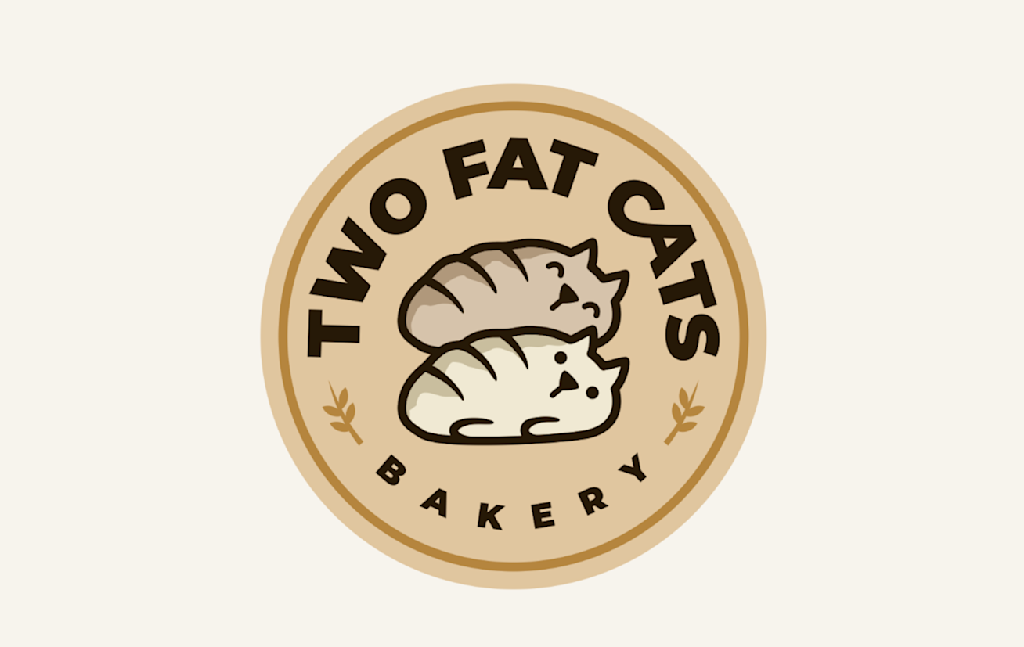
Bakery logo design by artsigma
Tip: Hire a designer to design your logo with 99designs by Vista. As your most important piece of marketing collateral, you don’t want to compromise on the quality of your logo.
2. Business card
Business cards are an important piece of marketing collateral because they get your brand out into the world. Handing a potential client or collaborator a well-designed business card ensures your business sticks in their mind and makes them more likely to use your services in the future.
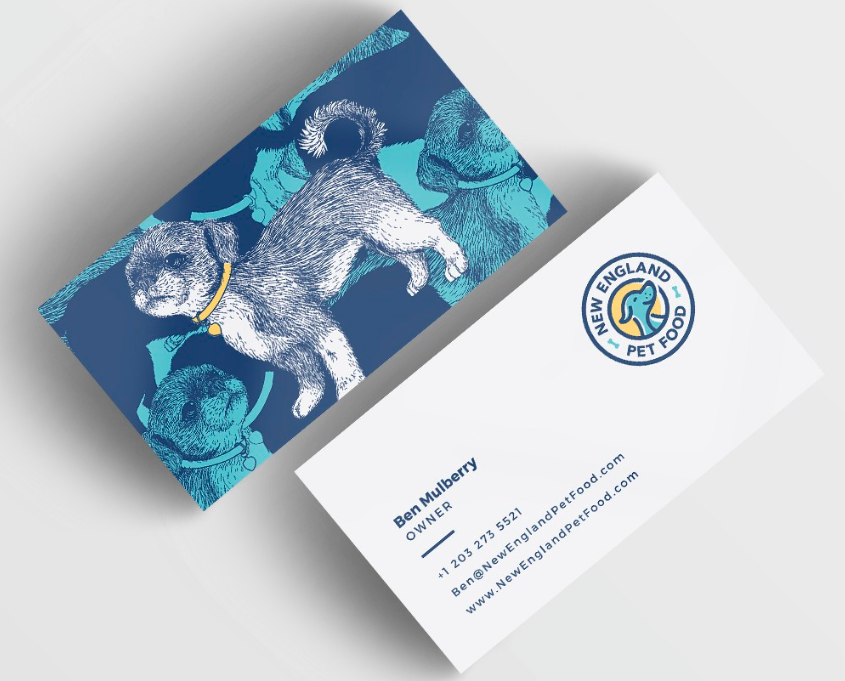
Pet food company business card design by Moxie Mason
3. Color palette
Like the logo, a brand’s color palette influences the design of other marketing collateral. Your chosen color scheme builds cohesion across all your marketing collateral, signaling that each piece belongs to your brand. Find a palette that expresses your brand identity and values, like a deep green to communicate sustainability or white to convey cleanliness.
Tip: Read up on color psychology and trends to inform your chosen brand colors.
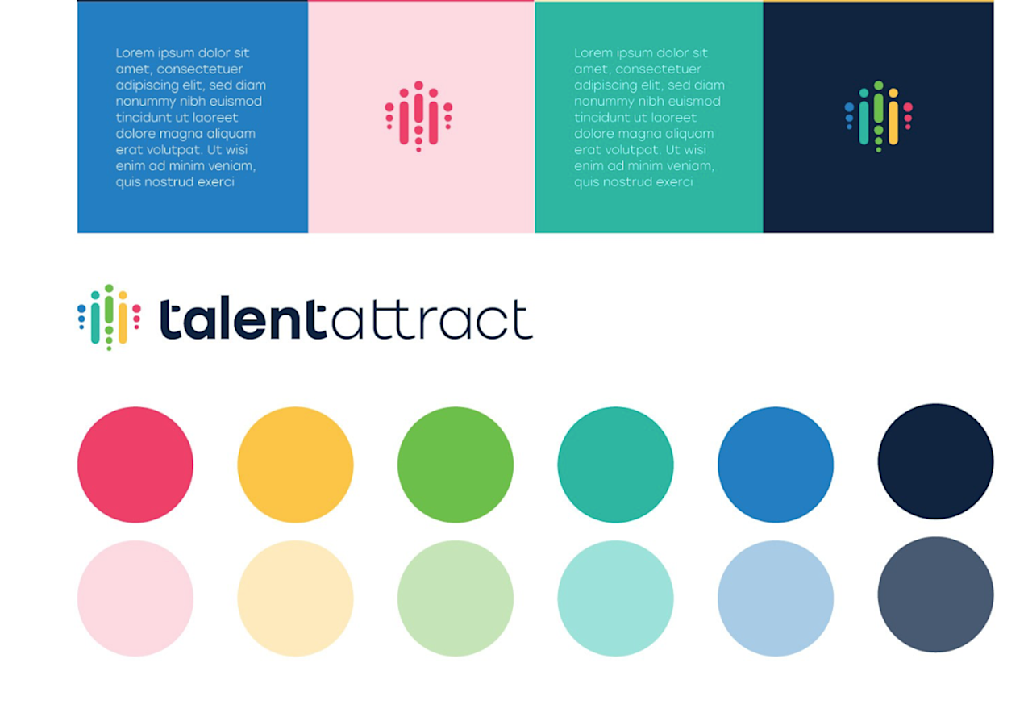
Logo and brand design using a custom color palette by kimhubdesign
4. Swag
Swag — an acronym for stuff we all get — is a broad category encompassing all the fun promotional products you get at a trade show, conference or from your employer: pens, notepads, stress balls, mugs and sometimes, more specific items like tech gear. Designing swag involves more than sticking your logo on a basic item; the best kinds of swag are useful tools that fit your business, like mini tools for a DIY company or highlighters for a tutoring service.
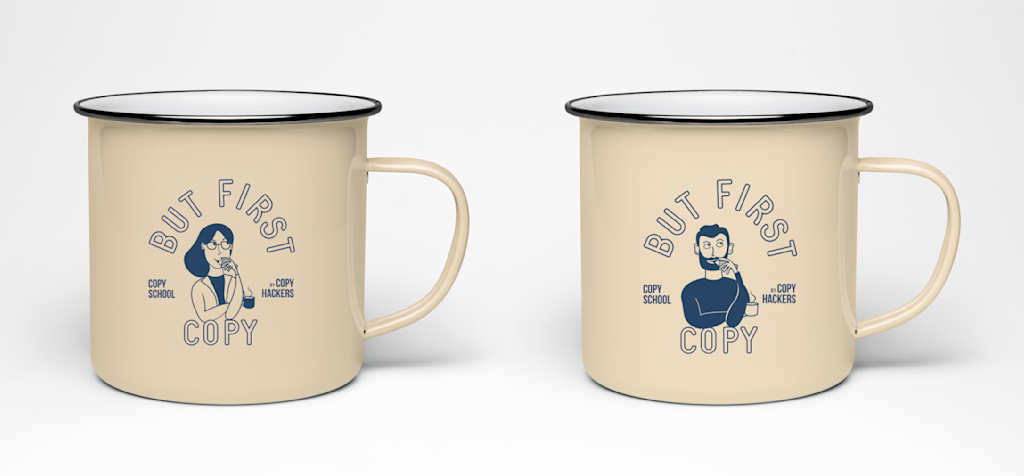
Copy school branded mug design by aran&xa
5. Website
Depending on your business model, your website is your digital storefront that most of your customers will encounter. An important piece of marketing collateral, a website should be easy to navigate, instilling confidence that the buyer chose the right brand. Website and app design is closely linked with user interface (UI) and user experience (UX) design.
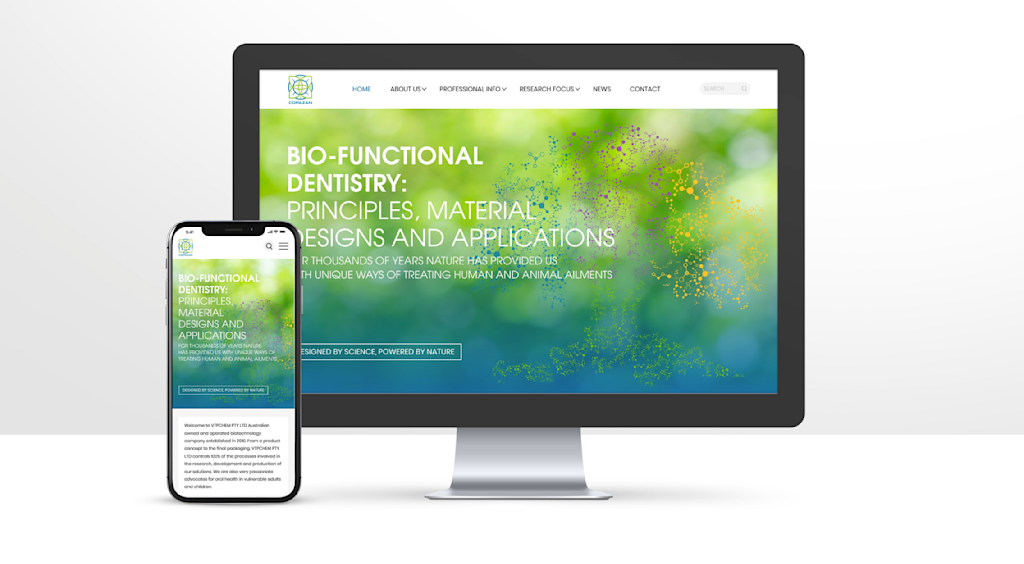
Desktop and mobile website design for a biotech company by maxgraphic
6. Social media profiles
Similar to your website, your brand’s social media profiles communicate to followers who you are, what your values are and what you offer. Creating social media profiles that echo your website design is an effective brand cohesion strategy.
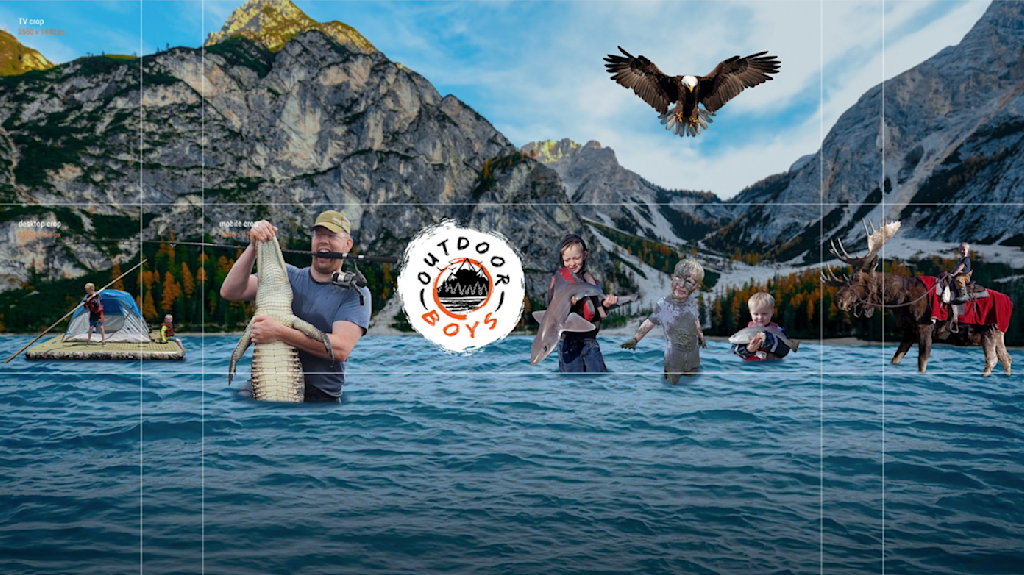
YouTube channel design for an outdoor adventure company by Arthur Albuqurque
7. Email template and signature
Whether you’re communicating with clients, vendors or collaborators, branded email templates add a level of professionalism and reinforce your brand persona to recipients. Include your logo in your email signature and even animate it for extra effect. Sign off your emails in brand colors.
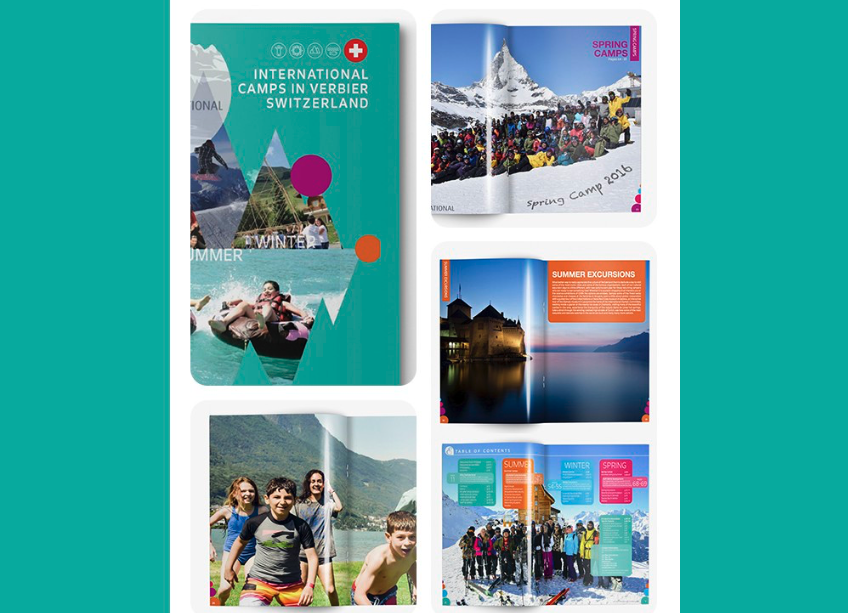
Email design for an education marketing company by Someguys
8. Testimonials and case studies
Testimonials are client reviews, while case studies are objective reports about customer experiences with your products or services. Both show the reader why your brand is a reliable choice, rather than telling them, making them valuable pieces of marketing collateral. Testimonials and case studies are often incorporated into other pieces of marketing collateral, like social media content and brochures.
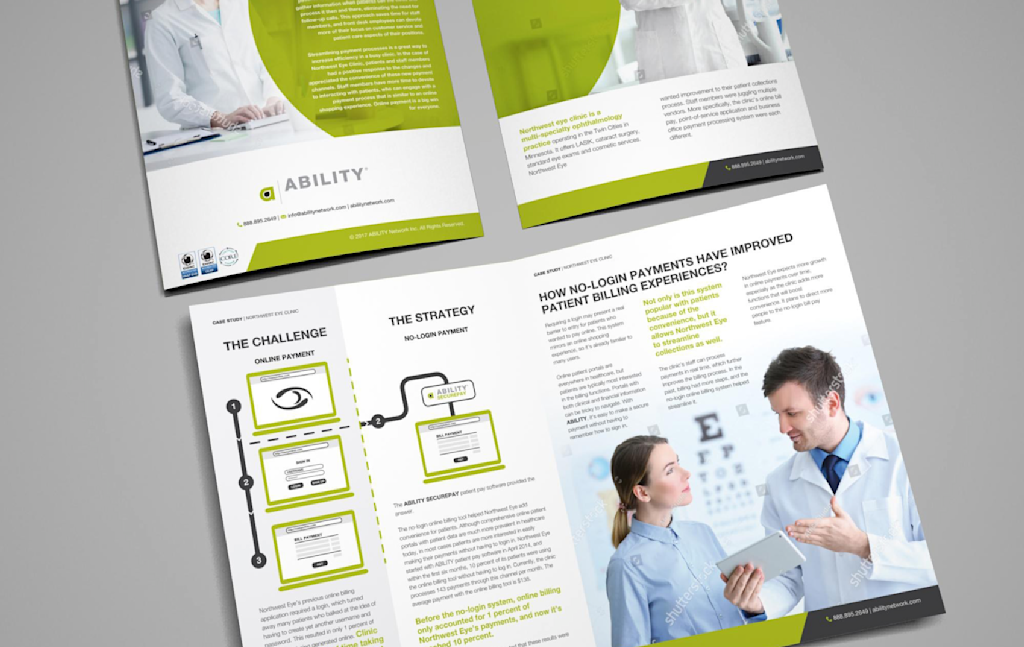
Case study brochure design for an eye clinic by –Hero
9. Stickers
As well as being fun standalone giveaway items, stickers are an easy way to brand items around the office or shop, like reusable water bottles, computer monitors and check-out counters. A sticker design could feature simply your logo or a graphic using your brand colors, fitting neatly into your brand identity. Don’t overcomplicate a sticker; a clear, uncluttered design is more recognizable and memorable. When you have your sticker design, print it at home or using a professional service.
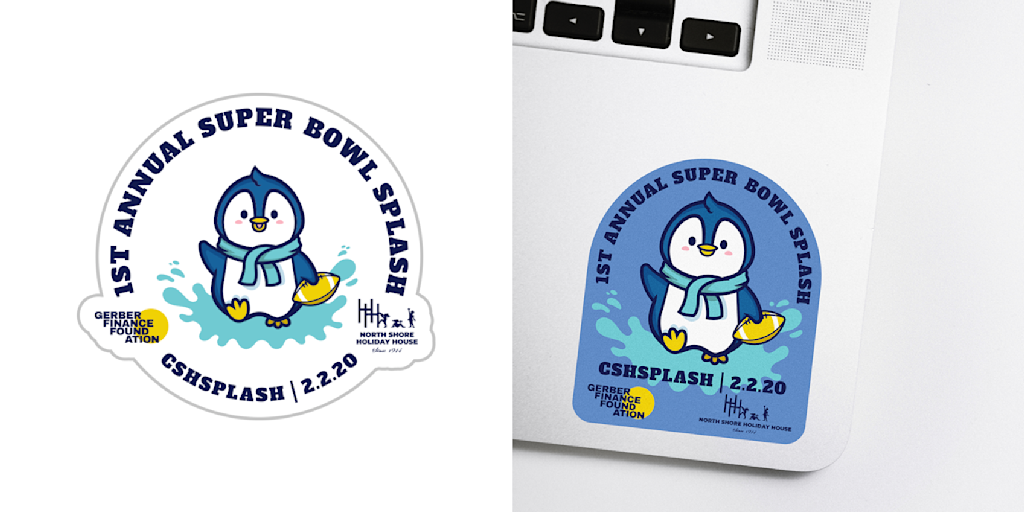
Event promotion sticker design by A n a s t a s i a
10. Banners
If you do a lot of in-person marketing, like setting up booths at trade shows or displays in stores that sell your products, banners are a great way to catch eyes and draw people in. Design banners to be easily recognizable and engaging.
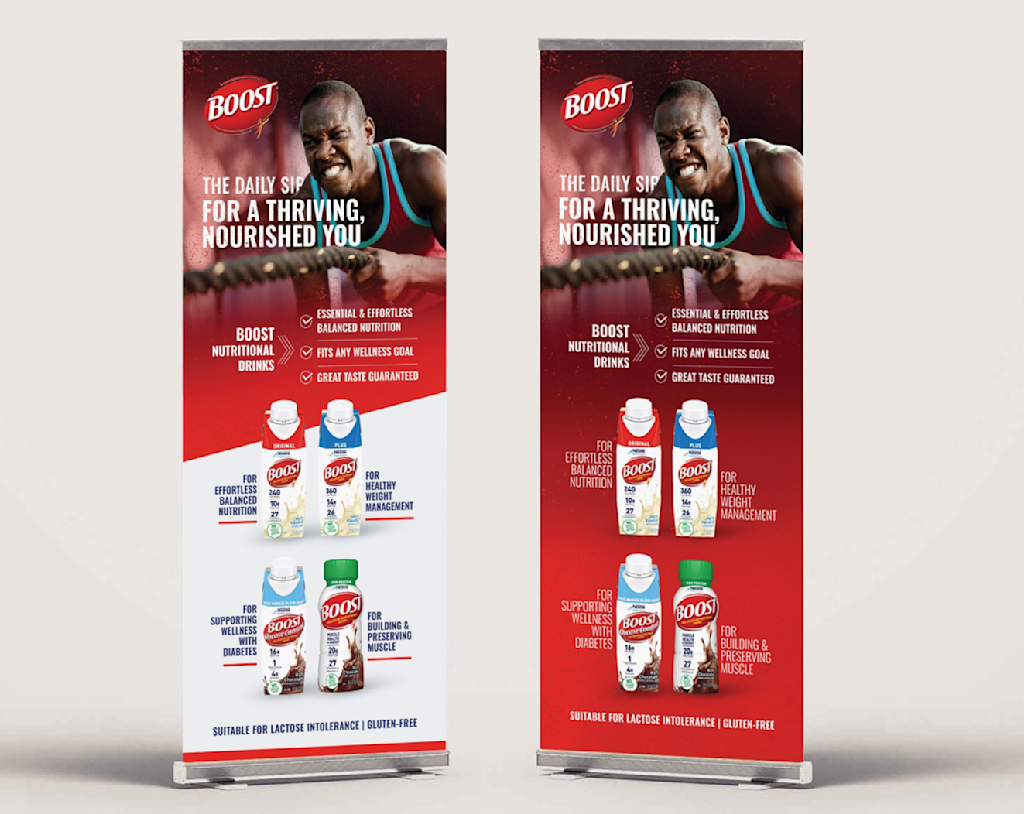
Pull-up banner design promoting Boost drink by LINS_2010
11. Landing page
A landing page is a piece of digital marketing collateral that can achieve a variety of goals but focuses on one. Depending on the design and copy you use, a landing page can encourage consultation sign-ups, mailing list subscribers and sales. Alternatively, a landing page can promote a special offer or showcase a specific product.
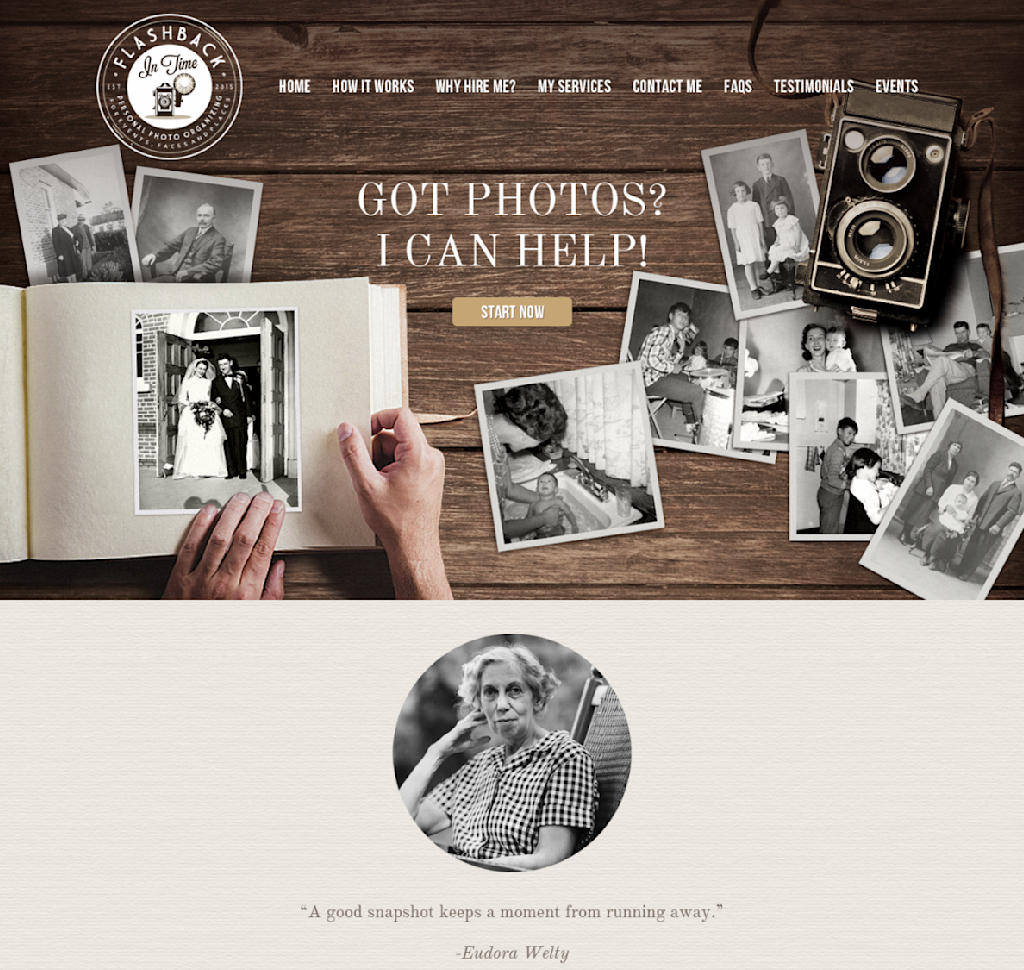
Photograph organization service landing page design by DSKY
12. Flyers
Flyers — a single unfolded sheet of paper — can be both marketing collateral and marketing materials. Flyers used for marketing collateral, like in the example below, often include more specific information than just those used for promotional purposes. Learn more about how to design a flyer.
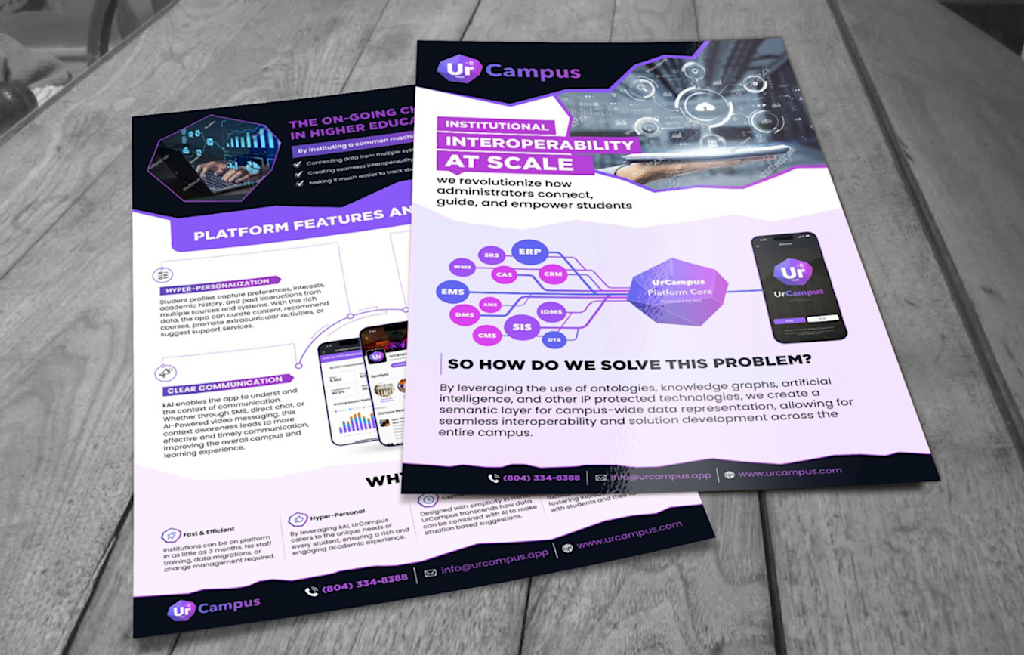
Flyer design by Logicainfo ♥
13. Brochures
Brochures are similar to flyers in that they’re printed promotional materials, but they’re a bit more complex; they tend to have multiple pages, often created by folding a single sheet. Like flyers, brochures can have many purposes, including showcasing products and educating viewers.
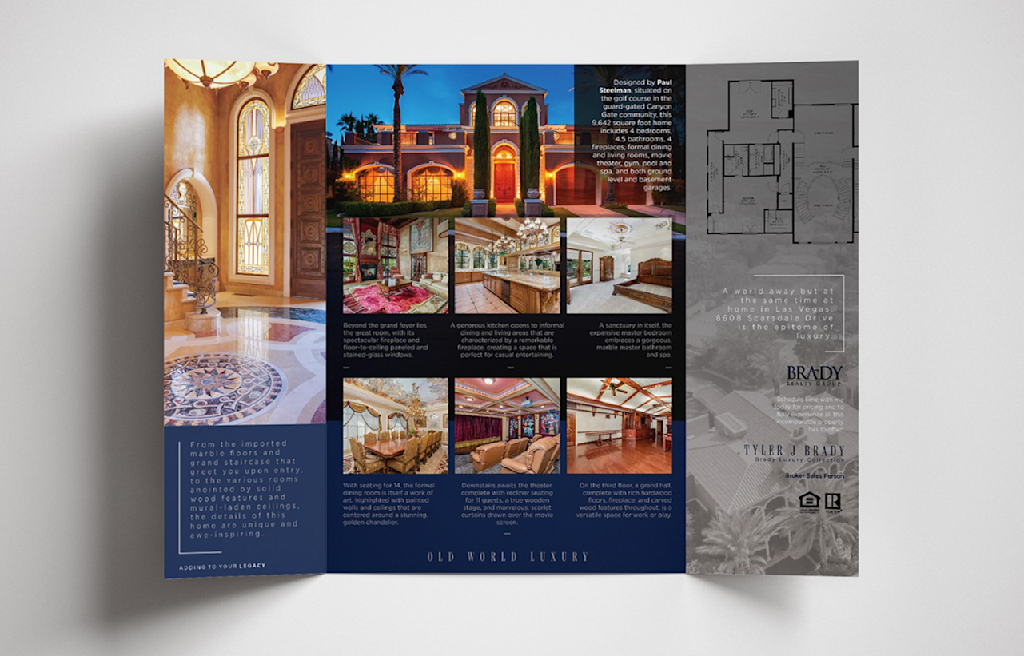
Luxury home brochure design by YaseenArt
14. Stationery
Branded stationery is a type of marketing collateral that can work internally and externally. Internally, it bakes the brand into the workplace. Externally, it increases brand visibility through the communications that potential customers receive. Use brand colors, logos and slogans to increase familiarity with your brand through these everyday objects of communication.

Stationery design by KisaDesign
15. Packaging
Branded packaging is a very popular type of marketing collateral for retailers. The benefits have amplified with social media unboxing videos. Custom packaging is an effective way to differentiate your brand, adding a little more glamor, fun and excitement to the unboxing process. You can add your personal touch to packages with a branded sticker or go all out and design the box using your brand colors.
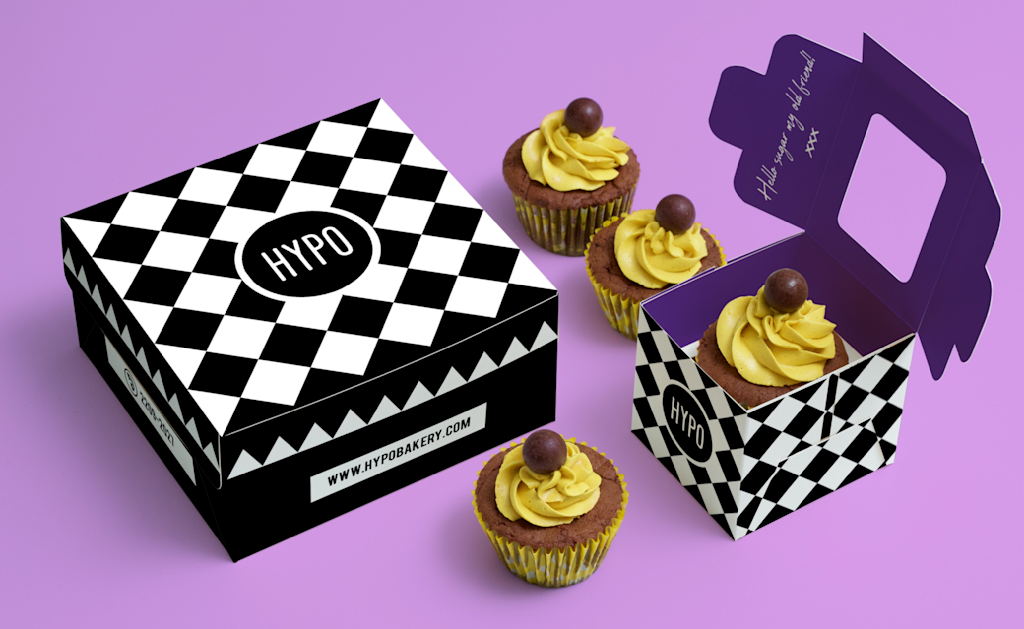
Cupcake packaging design by TikaDesign
Tips for creating marketing collateral
The following tips can help you design marketing collateral that’s both aesthetically pleasing and connects with your target audience effectively.
Play with trends
Let the design elements that are currently trending inspire you! Check out these graphic design trends and logo trends to see what’s hot this year.
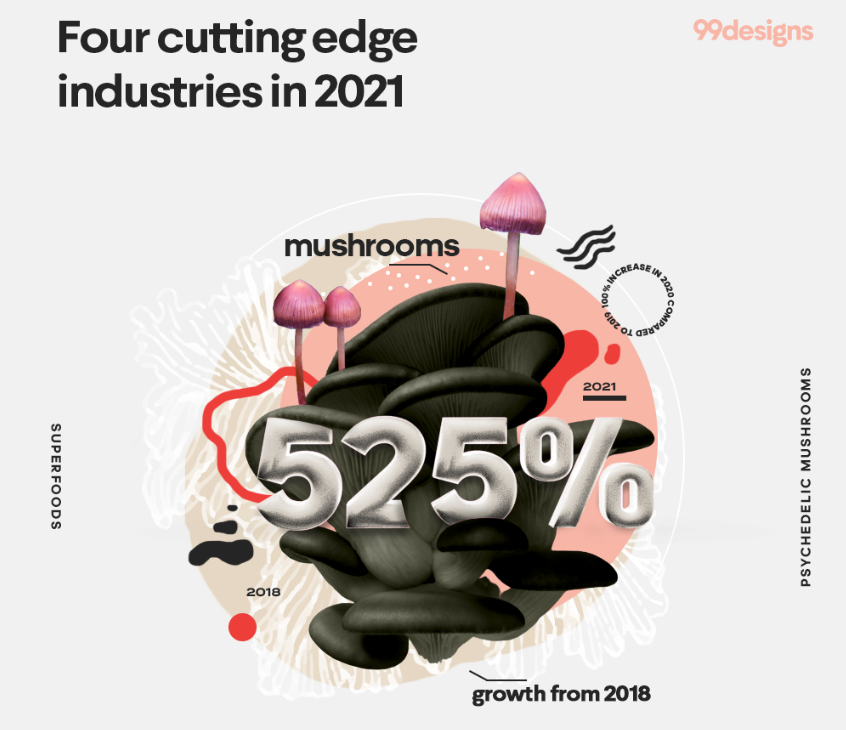
Infographic design using trending muted color palette and digital art by šaška™
Create design variations
Although consistency is key when it comes to branding, making minor changes can actually strengthen brand recognition. Instead of using the same version of your logo on every piece of marketing collateral, use variations in color and design. You could also have a “full” version of your logo with a complex graphic and a “scaled-down” version with a simplified graphic, which is quick to recognize as part of your brand.
The same goes for your color palette. Say yours consists of three colors, combine them in different ways through various pieces of marketing collateral so people come to associate the combination with your brand.
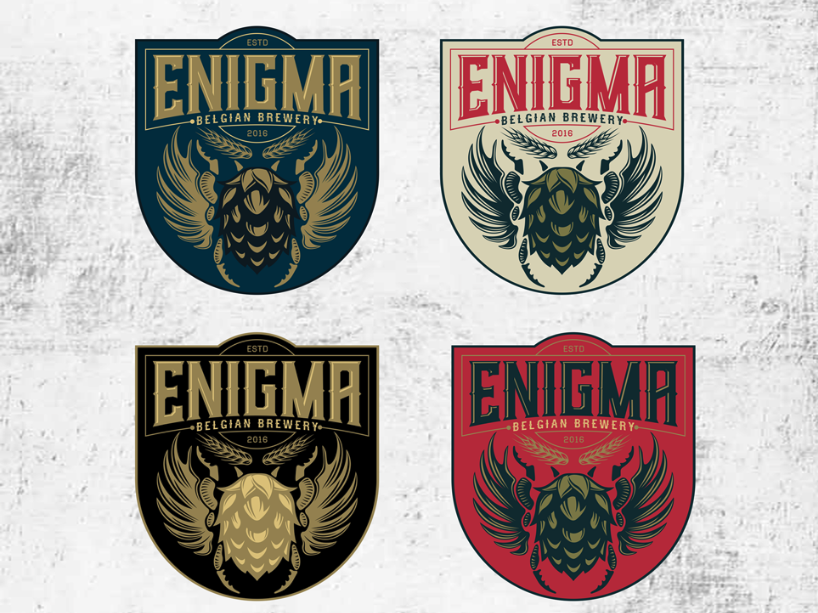
Variations of a Belgian brewery logo design by artzuck™
Ask for feedback
Your audience is one of your best assets to determine what works when it comes to marketing collateral. Ask them directly for their feedback on proposed designs and in fun ways, like through social media contests, polls and giveaways.
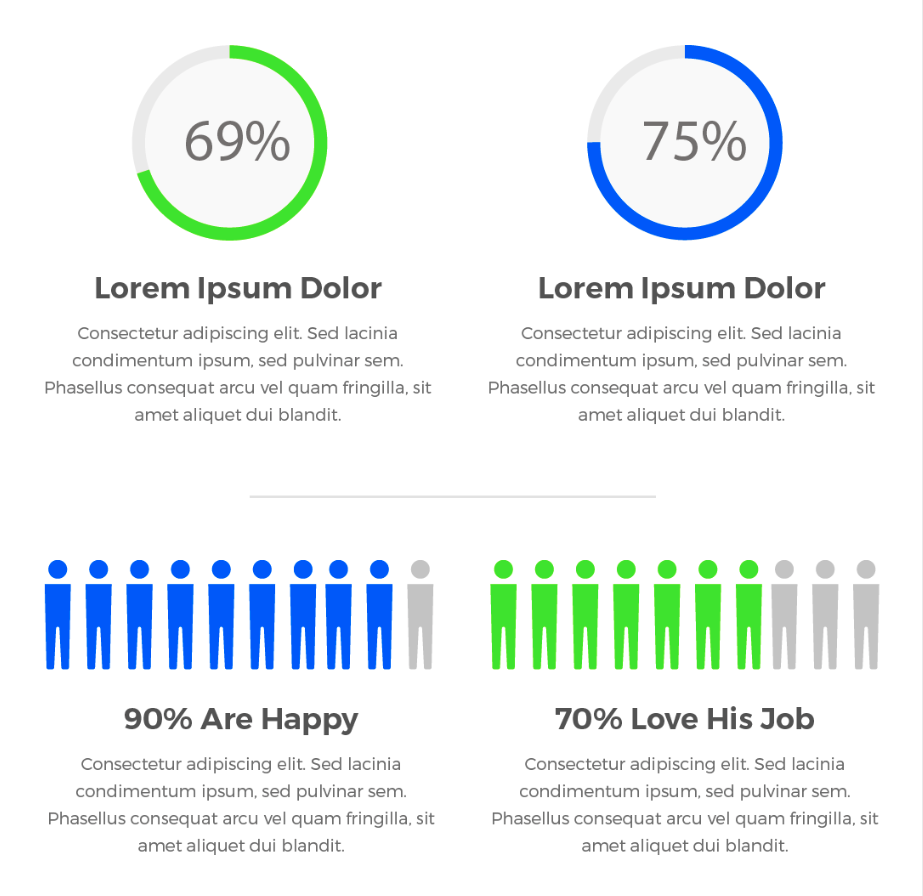
Email design by PerfectMail
Design and print your marketing collateral with VistaPrint
Remember, these two things are key when designing marketing collateral:
- Strong design
- Brand cohesion
In other words, the branded collateral you send out into the world, both digital and physical, needs to present your brand as attractively, professional and cohesively as possible.